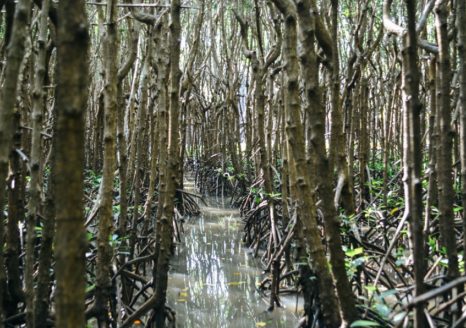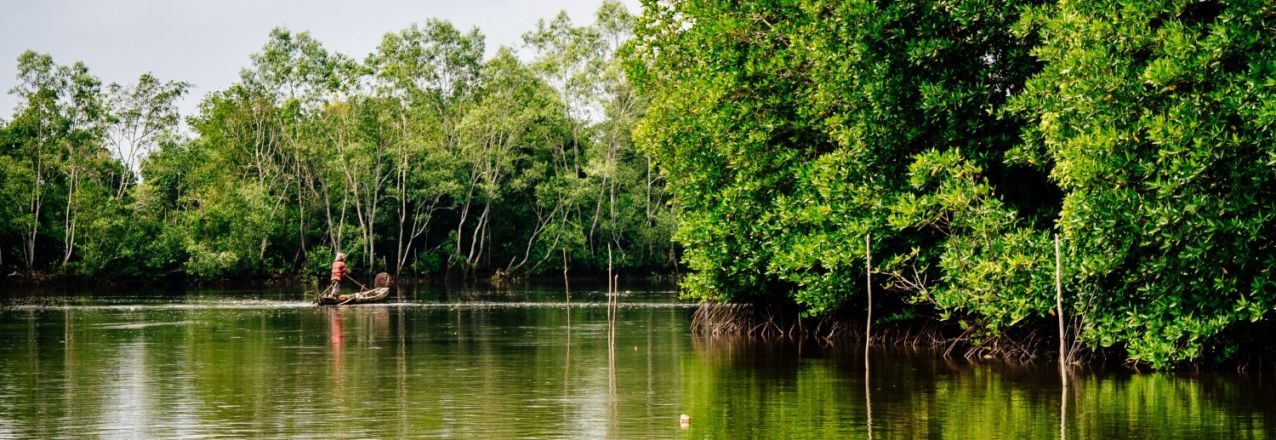Originally appeared on Medium.
As global climate change continues to threaten coastal communities in the tropics, governments have increasingly focused on the promotion and conservation of mangrove forests for their protective qualities. Mangroves — trees and shrubs that grow in tropical estuaries — are among the world’s most productive ecosystems and, compared to other forest systems, have an impressive capacity to sequester and store carbon at high rates. They also serve as an important physical buffer, protecting coastal areas from storm surges and acting as “bioshields.” Despite these clear benefits, since 1980 the world has lost approximately 20 percent of its mangrove forests. With this in mind, there is a growing need to understand the factors, both biophysical and societal, that contribute to sustainable mangrove management.

To date, discussions around mangrove forest conservation and rehabilitation have been highly technical, and focused primarily on ecological conditions under which mangroves can be planted and promoted. Lacking from this conversation is a more robust analysis about the ways land governance, resource rights arrangements, and land use planning — the social aspects of the conservation challenge — affect mangrove conservation and rehabilitation.
Compared to terrestrial forests, mangroves’ unique placement straddling land and sea has led to great ambiguity as to the specific jurisdictional agency overseeing their management (i.e. Forest, Aquaculture, and Marine) in many countries. Regardless, local land and resource governance systems often determine the ultimate success or failure of resource conservation efforts.
Read the full photo essay on Medium.


